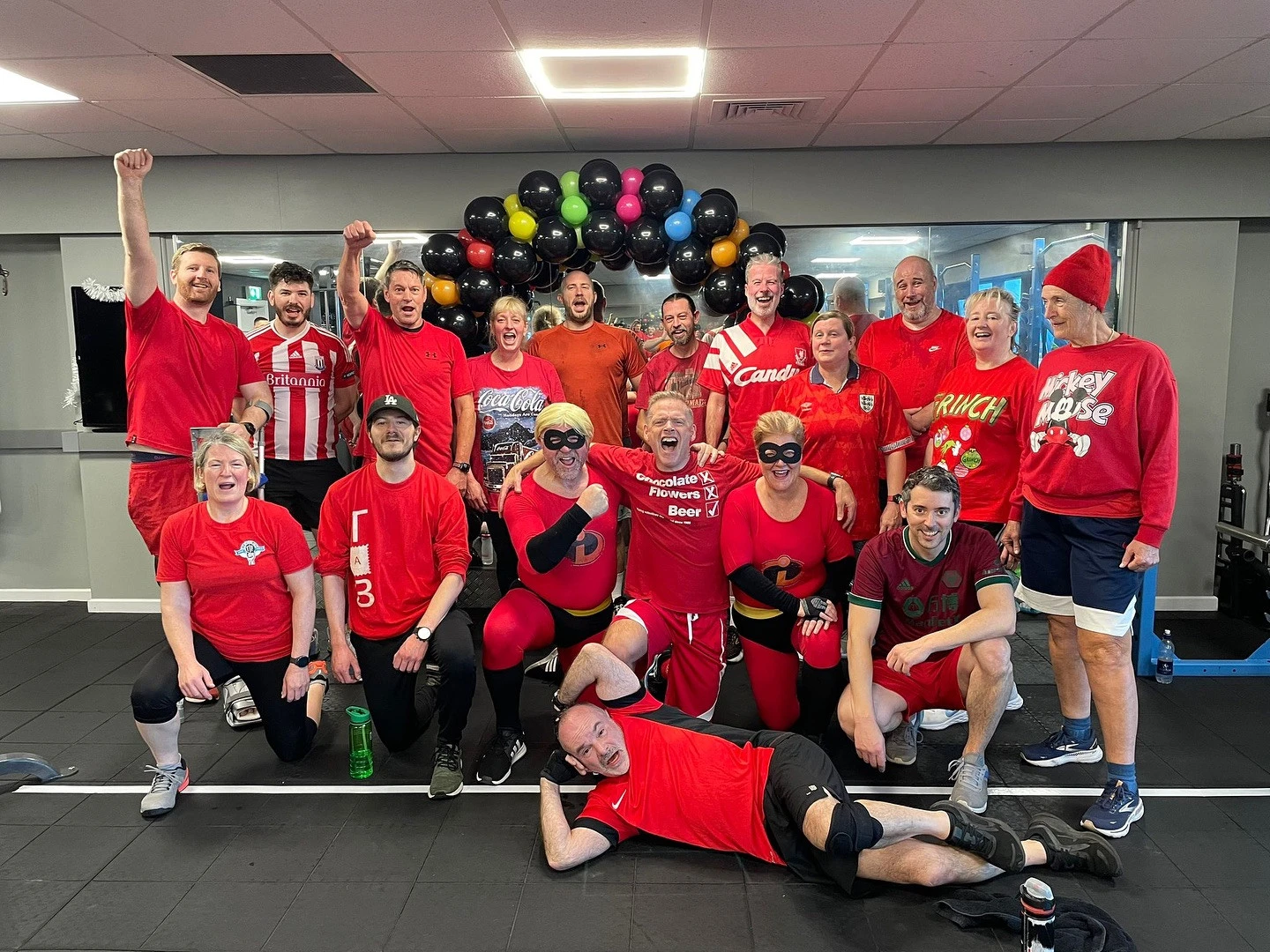The Science Behind Muscle Recovery: Key Factors for Effective Recovery
Published: April 15, 2025
Published: April 15, 2025

The Science Behind Muscle Recovery
When it comes to building strength, improving performance, or staying fit, most people focus on what happens during a workout. But here’s a truth -progress happens during recovery, not during training.
What happens to muscles during a workout? When you exercise—especially during resistance or high-intensity training—you create small tears in your muscle fibers. This microscopic damage is normal and even necessary. It triggers the body’s repair process, which leads to muscle adaptation and growth (a process known as muscle hypertrophy.
But in order for this to happen effectively, your body needs time and resources to recover.
There are 3 phases to muscle recovery:
1. The inflammation phase (0–72 hours post-workout): Right after your workout, the immune system kicks in to clean up damaged tissue and start to repair the muscles. This process involves an inflammation in the muscle, which may cause muscle soreness (DOMS—delayed onset muscle soreness).
2. The repair phase (24–72 hours): Satellite cells (muscle stem cells) are activated during this phase and help to rebuild and strengthen the damaged fibers. This is when protein synthesis is at its peak—provided you have enough nutrients available in the body and you take enough rest.
3. The Remodeling phase (up to 7 days): The rebuilt muscle fibres adapt to handle future stress. Over time, this leads to stronger, more resilient muscles - IF - adequate recovery protocols are followed.
Key Factors That Support Muscle Recovery
Sleep: Growth hormone, critical for tissue repair, is primarily released during deep sleep. Aim for 7–9 hours of quality sleep per night.
Nutrition:
- Protein: Supports muscle repair and growth (30–40g post-workout is ideal for most adults).
- Carbohydrates: Replenish glycogen stores, especially after high-intensity or endurance sessions. (Carbs are NOT the devil).
- Micronutrients: Magnesium, zinc, and vitamin D also play vital roles in your bodies recovery.
Hydration: Water helps flush out metabolic waste and delivers nutrients to muscles. Dehydration can slow recovery and increase soreness.
Active Recovery: Low-intensity movement like walking, yoga, or light cycling increases blood flow and can reduce soreness.
Rest Days: Scheduling at least 1–2 full rest days per week prevents overtraining and allows your nervous system and muscles to reset.
Recovery Tools: Foam rolling, massage, compression, and even cold plunges or contrast therapy may support recovery by reducing inflammation and improving circulation.
The Cost of Skipping Recovery
Training hard without adequate recovery leads to fatigue, reduced performance, poor sleep, mood swings, and a higher risk of injury.
Think of recovery as a performance enhancer—it doesn’t mean doing nothing; it means doing the right things to help your body bounce back stronger.
Muscle recovery is not downtime—it’s growth time. By understanding the science and respecting your body’s need to rest, you’ll not only feel better but also perform better. Recovery is the foundation of progress.
There’s only one way to see whether we’re the place for you.
Join Our 30 Day Challenge and get full access to our coach-led training sessions, fully immerse yourself into the This is Fitness community and get all the expertise from our our personal training in Stafford whether you're new to the world of fitness or looking to take your training to the next level.
